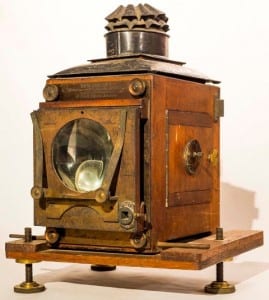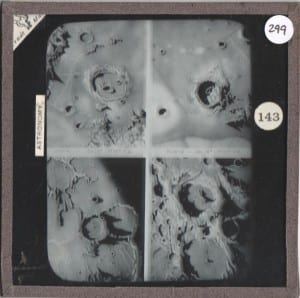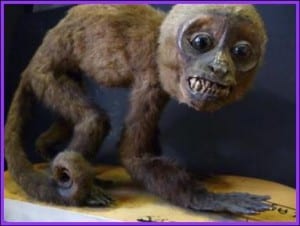Unpacking UCL’s Magic Lantern Slide Collections
By uclqmbr, on 9 July 2014
The UCL Grant Museum and the Science and Engineering Collections currently have several thousand magic lantern slides that relate to subjects as diverse as telegraphy, astronomy or Australian coral reefs; but which for the most part have been consigned to gathering dust in splintering wooden boxes. I, however, have spent the last few weeks sorting, auditing and cleaning hundreds of these slides, and I am now rather well acquainted with these little glass squares.

Example of a 19th century magic lantern slide projector from the UCL physics collection. This example was used as a sort of overhead projector but others were designed to project across a lecture theatre or hall
Magic lanterns were first developed in the 17th century as one of the earliest image projectors. While the device itself has evolved, the concept has remained the same: A combination of lenses and a light source are used to enlarge the images found on glass slides (each about the size of a Post-it) and project them onto a wall or screen. Magic lantern slides, hence, can be described as a kind of ancestor to the Kodachrome slides used in slide projectors, or even present-day PowerPoint slides. (more…)
 Close
Close




